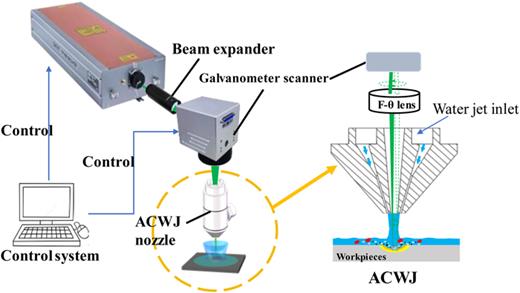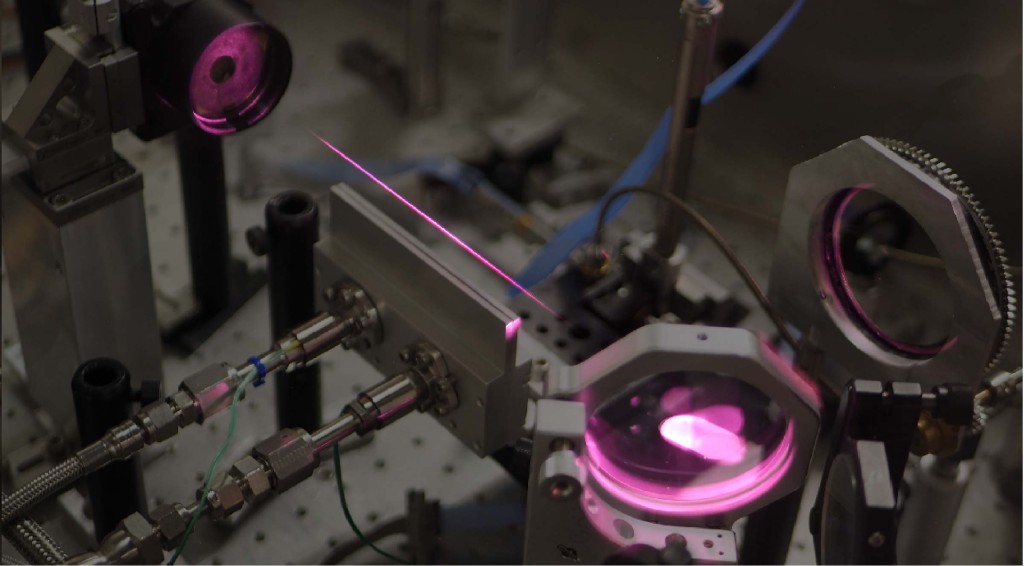
Topics: Applied Physics, Atmospheric Science, Existentialism, Futurism, Lasers, Robotics, Science Fiction
"Laser" is an acronym for Light Amplification by the Stimulated Emission of Radiation. As the article alludes to, the concept existed before the actual device. We have Charles Hard Townes to thank for his work on the Maser (Microwave Amplification by the Stimulated Emission of Radiation) and the Laser. He won the Nobel Prize for his work in 1964. In a spirit of cooperation remarkable for the Cold War era, he was awarded the Nobel with two Soviet physicists, Aleksandr M. Prokhorov and Nikolay Gennadiyevich Basov. He lived from 1915 - 2015. The Doomsday Clock was only a teenager, born two years after the end of the Second World War. As it was in 2023, it is still 90 seconds to midnight. I'm not sure going "Buck Rogers" on the battlefield will dial it back from the stroke of twelve. Infrared lasers are likely going to be deployed in any future battle space, but infrared is invisible to the human eye, a weapon for which you only need a power supply and not an armory; it might appeal not only to knock drones out of the sky, but to assassins, contracted by governments who can afford such a powerful device, that will not leave a ballistic fingerprint, or depending on the laser's power: DNA evidence.
Nations around the world are rapidly developing high-energy laser weapons for military missions on land and sea, and in the air and space. Visions of swarms of small, inexpensive drones filling the skies or skimming across the waves are motivating militaries to develop and deploy laser weapons as an alternative to costly and potentially overwhelmed missile-based defenses.
Laser weapons have been a staple of science fiction since long before lasers were even invented. More recently, they have also featured prominently in some conspiracy theories. Both types of fiction highlight the need to understand how laser weapons actually work and what they are used for.
A laser uses electricity to generate photons, or light particles. The photons pass through a gain medium, a material that creates a cascade of additional photons, which rapidly increases the number of photons. All these photons are then focused into a narrow beam by a beam director.
In the decades since the first laser was unveiled in 1960, engineers have developed a variety of lasers that generate photons at different wavelengths in the electromagnetic spectrum, from infrared to ultraviolet. The high-energy laser systems that are finding military applications are based on solid-state lasers that use special crystals to convert the input electrical energy into photons. A key aspect of high-power solid-state lasers is that the photons are created in the infrared portion of the electromagnetic spectrum and so cannot be seen by the human eye.
Based in part on the progress made in high-power industrial lasers, militaries are finding an increasing number of uses for high-energy lasers. One key advantage for high-energy laser weapons is that they provide an “infinite magazine.” Unlike traditional weapons such as guns and cannons that have a finite amount of ammunition, a high-energy laser can keep firing as long as it has electrical power.
The U.S. Army is deploying a truck-based high-energy laser to shoot down a range of targets, including drones, helicopters, mortar shells and rockets. The 50-kilowatt laser is mounted on the Stryker infantry fighting vehicle, and the Army deployed four of the systems for battlefield testing in the Middle East in February 2024.
High-energy laser weapons: A defense expert explains how they work and what they are used for, Iain Boyd, Director, Center for National Security Initiatives, and Professor of Aerospace Engineering Sciences, University of Colorado Boulder

